How common are super-Earth exoplanets throughout the universe? This is what a recent study published in Science hopes to address as an international team o | Space
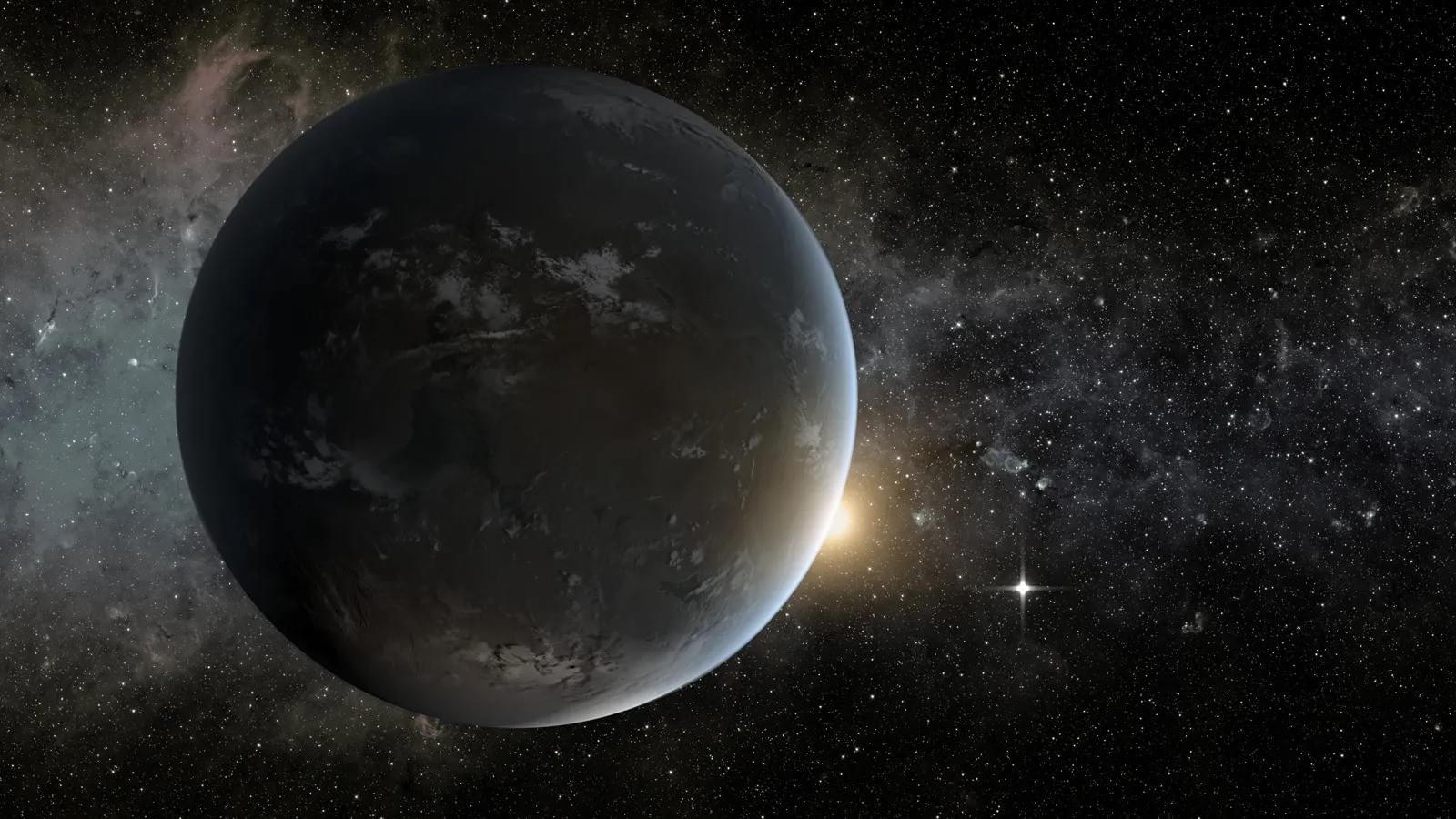

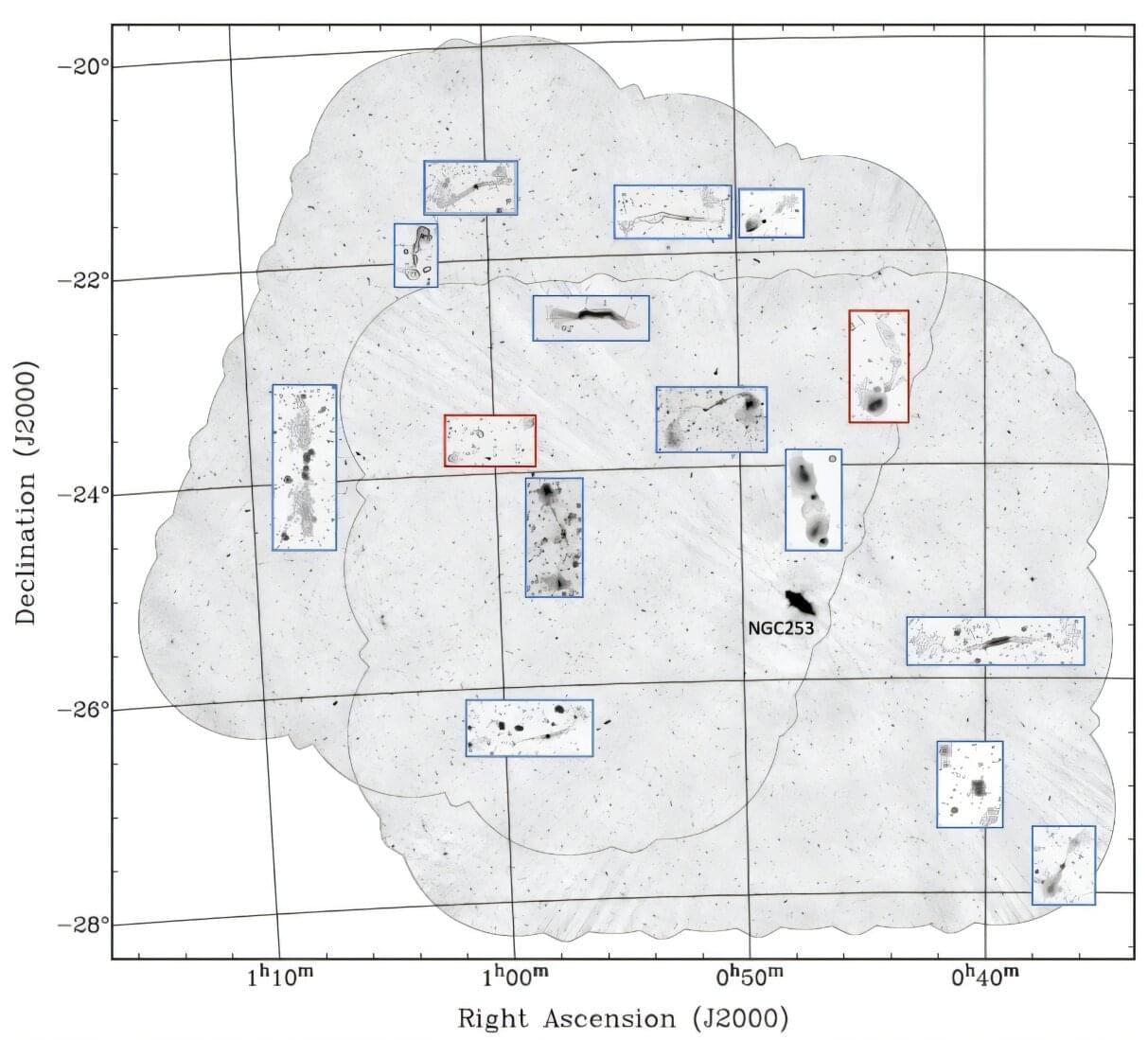
Using the Australian Square Kilometer Array Pathfinder (ASKAP), astronomers have discovered 15 new giant radio galaxies with physical sizes exceeding 3 million light years. The finding was reported in a research paper published April 9 on the arXiv preprint server.
The so-called giant radio galaxies (GRGs) have an overall projected linear length exceeding at least 2.3 million light years. They are rare objects grown usually in low-density environments and display jets and lobes of synchrotron-emitting plasma. GRGs are important for astronomers studying the formation and the evolution of radio sources.
ASKAP is a 36-dish radio-interferometer operating at 700 to 1,800 MHz. It uses novel technology to achieve extremely high survey speed, making it one of the best instruments in the world for mapping the sky at radio wavelengths. Due to its large field of view, high resolution, dynamic range and good sensitivity to low-surface brightness structures, ASKAP has been essential in the search for new GRGs.
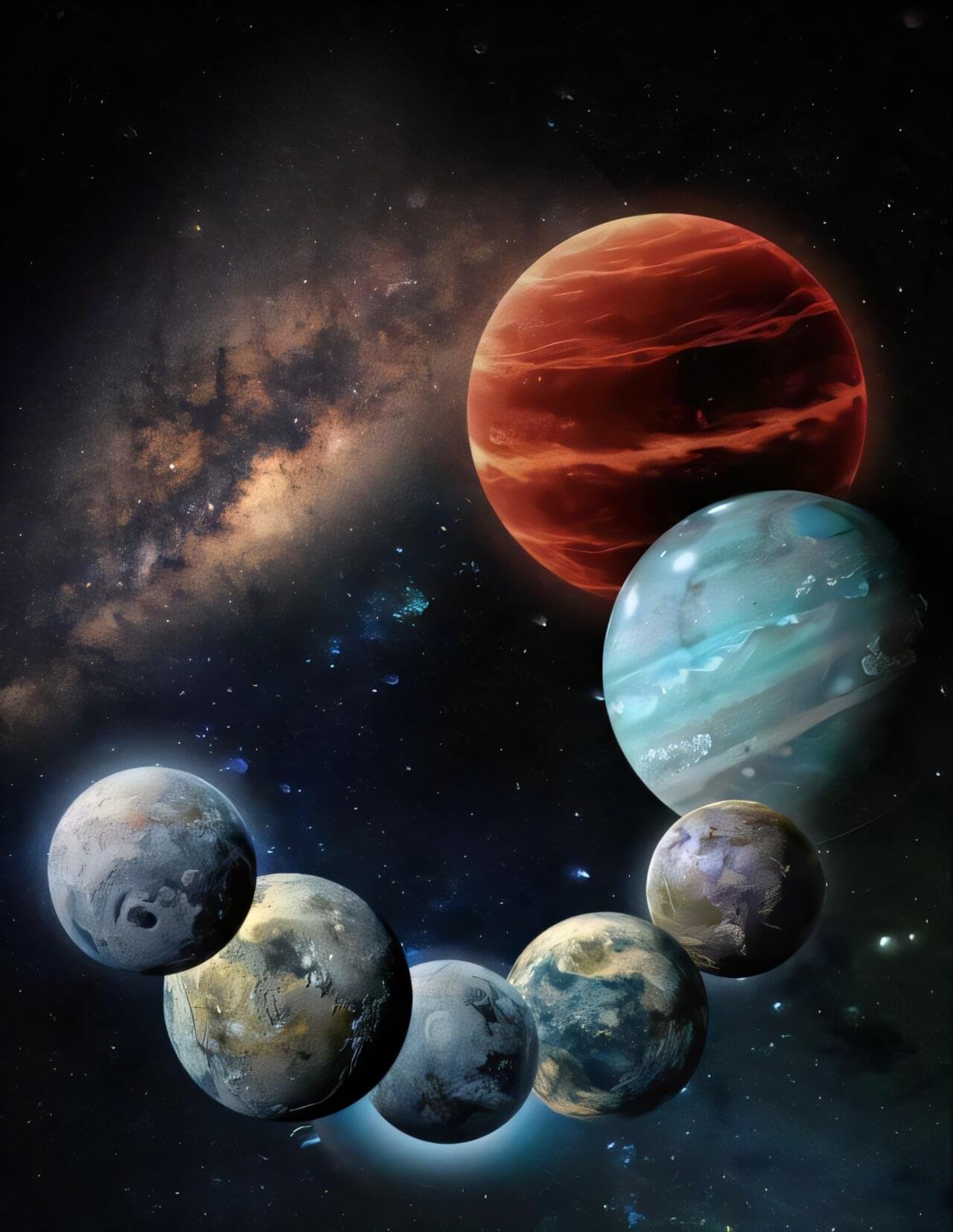
An international team including astronomers from the Center for Astrophysics | Harvard & Smithsonian (CfA) has announced the discovery of a planet about twice the size of Earth orbiting its star farther out than Saturn is to the sun.
These results are another example of how planetary systems can be different from our solar system.
“We found a ‘super-Earth’—meaning it’s bigger than our home planet but smaller than Neptune—in a place where only planets thousands or hundreds of times more massive than Earth were found before,” said Weicheng Zang, a CfA Fellow. He is the lead author of a paper describing these results in the latest issue of the journal Science.
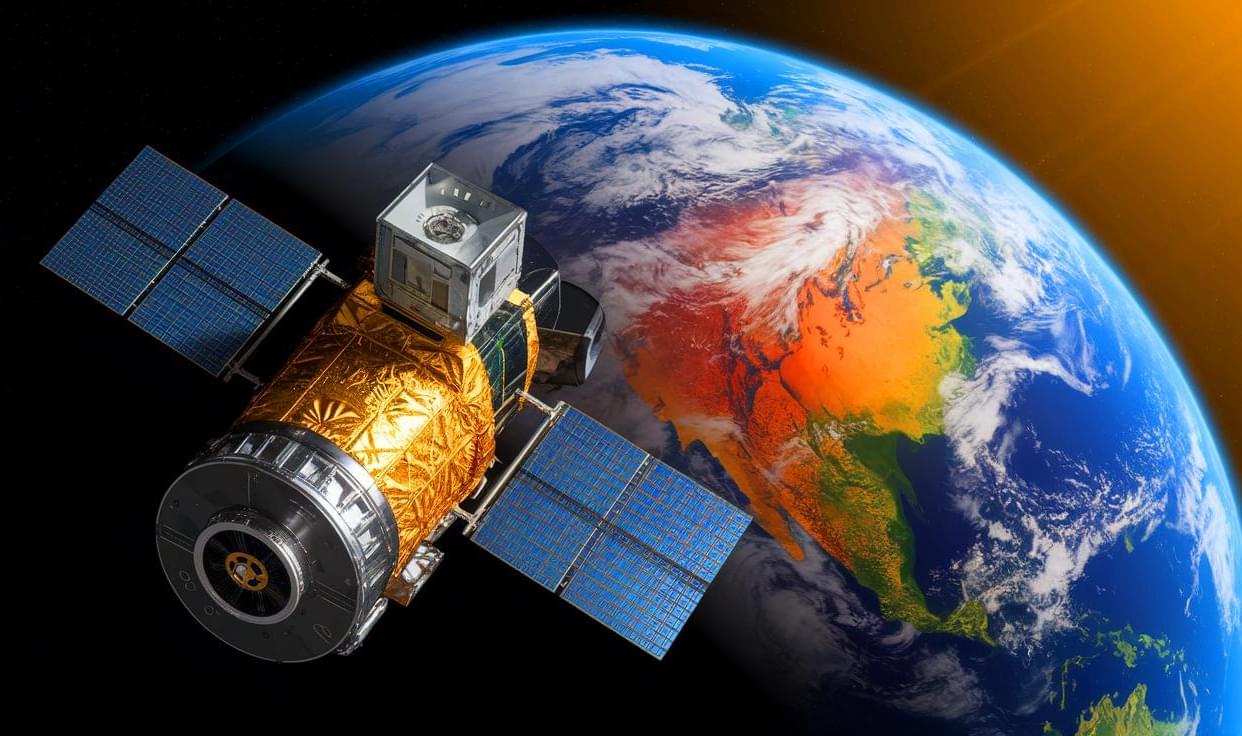
IN A NUTSHELL 🌍 NASA collaborates with private and academic sectors to develop the Quantum Gravity Gradiometer Pathfinder, a revolutionary space-based quantum sensor. ❄️ The gradiometer uses ultra-cold rubidium atoms to measure Earth’s gravitational variations with high precision, free from environmental disturbances. 🔬 Quantum sensors in the QGGPf offer 10 times greater sensitivity and are
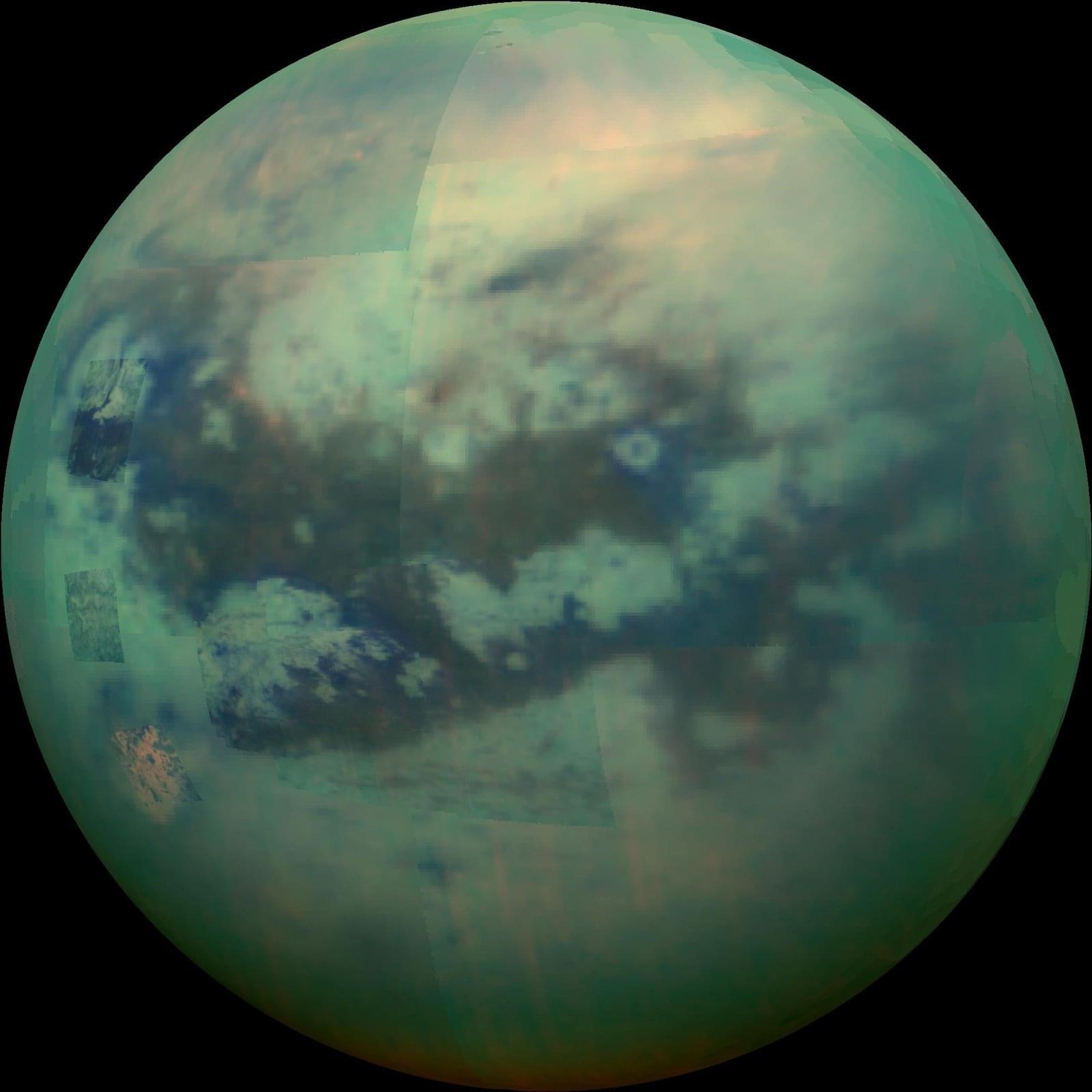
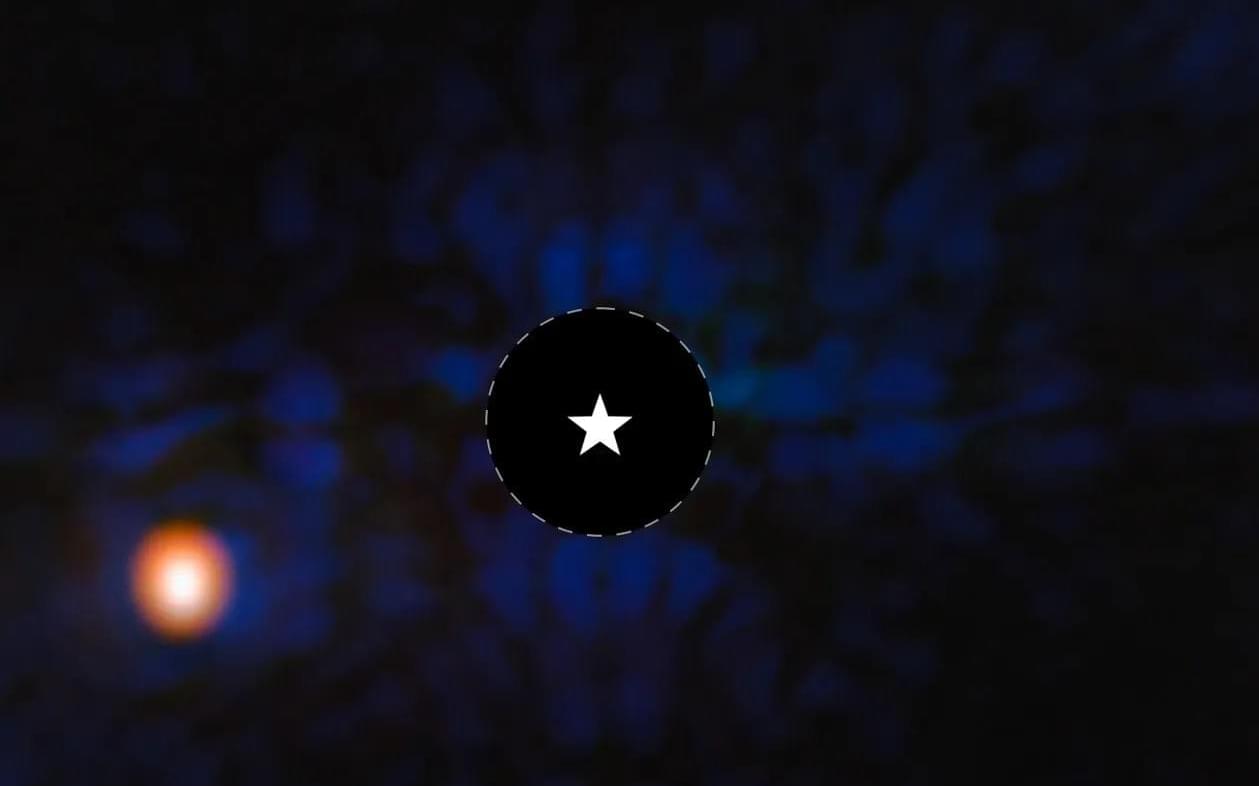
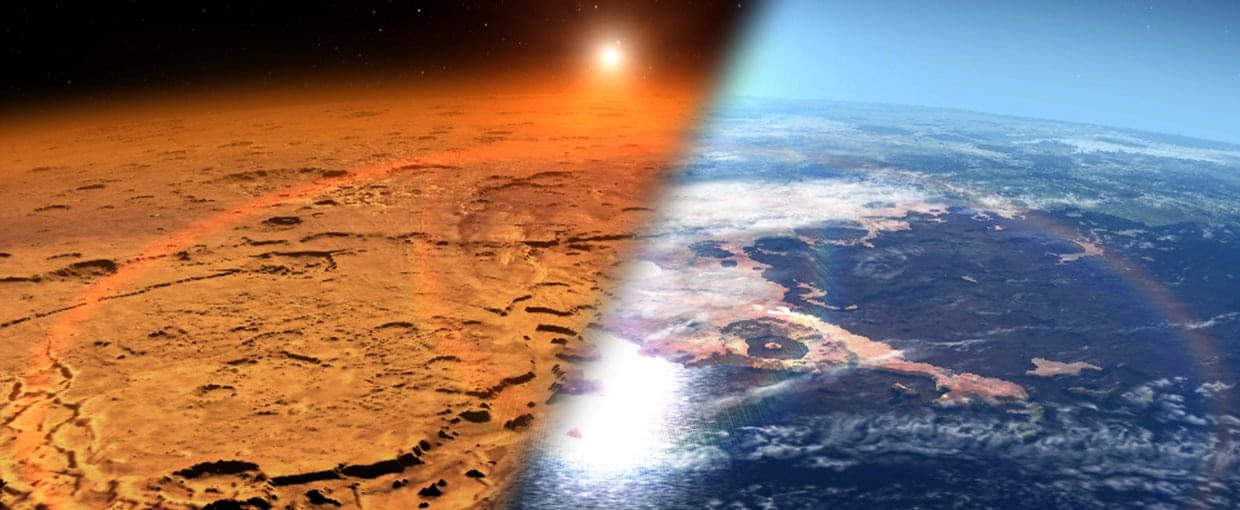
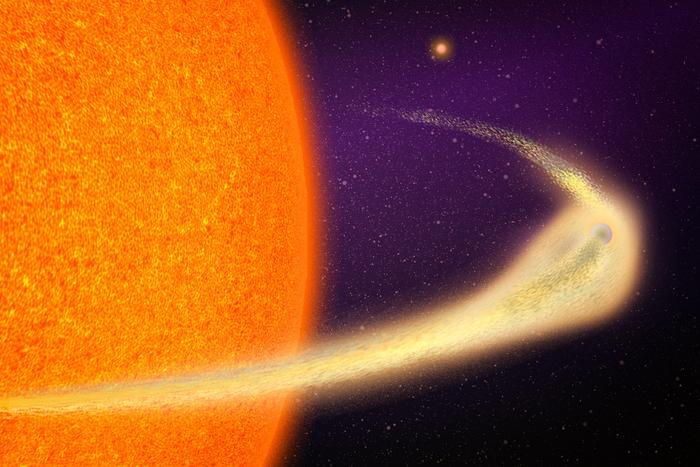
“This is a very tiny object, with very weak gravity, so it easily loses a lot of mass, which then further weakens its gravity, so it loses even more mass,” said Dr. Avi Shporer.
What can a planet that’s shedding its material teach astronomers about planetary formation and evolution? This is what a recently submitted study to The Astrophysical Journal Letters hopes to address as an international team of scientists investigated a unique exoplanet that orbits its host star approximately 20 times closer than Mercury orbits our Sun, resulting in the exoplanet shedding so much material that it’s creating a tail of debris and will eventually disintegrate into nothing.
“The extent of the tail is gargantuan, stretching up to 9 million kilometers long, or roughly half of the planet’s entire orbit,” said Dr. Marc Hon, who is a postdoc in the Kavli Institute for Astrophysics and Space Research at the Massachusetts Institute of Technology (MIT) and lead author of the study.
Exoplanet BD+054868Ab is located approximately 140 light-years from Earth and orbits its star in approximately 30.5 hours. For context, Mercury takes our Sun in 88 days. The orbit of BD+054868Ab is so close, astronomers hypothesize that it’s a molten world slowly shedding its material and they estimate it will be completely gone between 1 million and 2 million years from now. During its long and slow death, BD+054868Ab is shedding so material that it’s leaving a trail of debris in its wake, which initially puzzled astronomers after analyzing data obtained from NASA’s Transiting Exoplanet Survey Satellite (TESS).
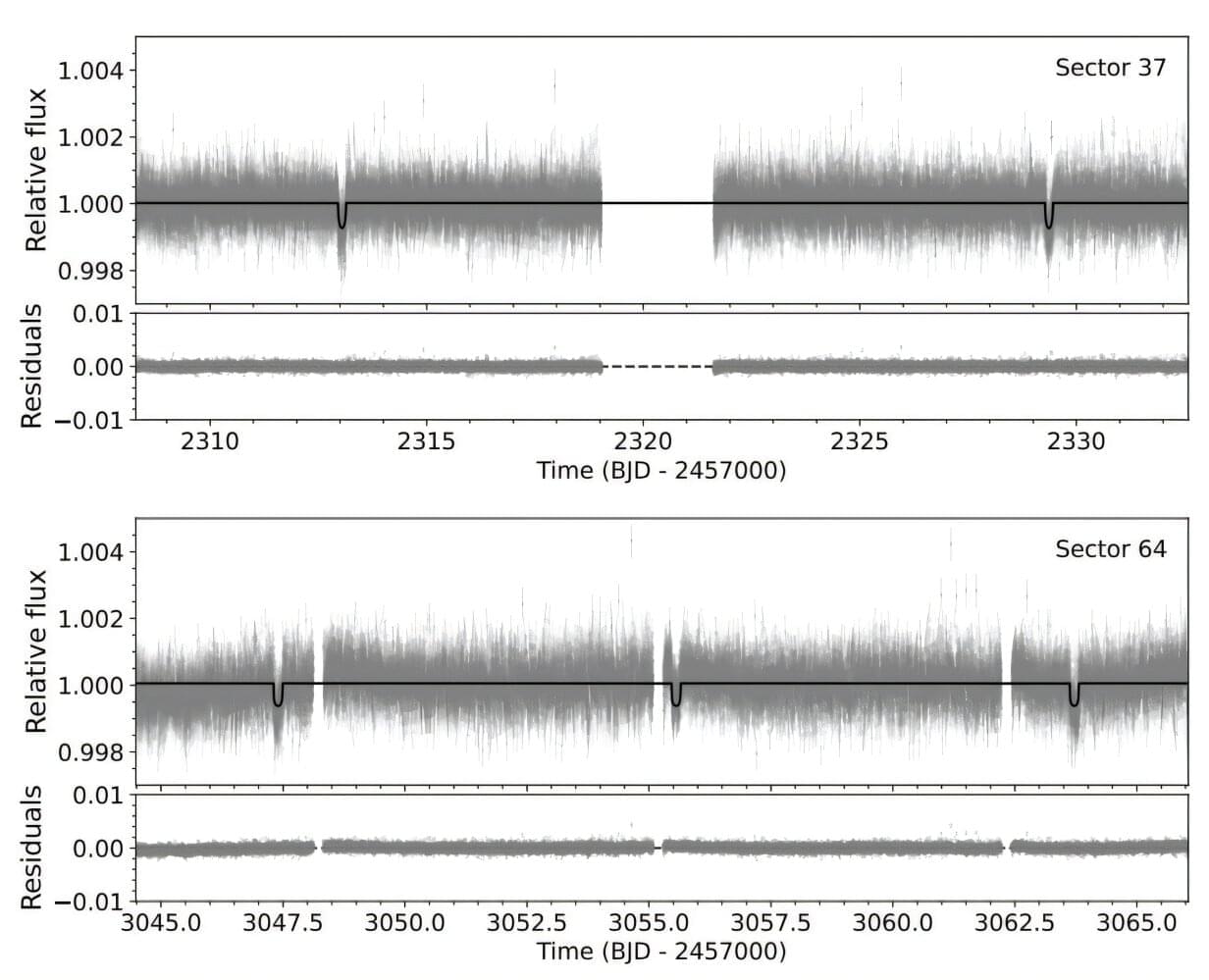
Using NASA’s Transiting Exoplanet Survey Satellite (TESS), an international team of astronomers have detected a new sub-Neptune exoplanet orbiting a bright G-type star. The newfound alien world, designated TOI-3493 b is more than three times larger and about nine times more massive than Earth. The finding was reported in a research paper published April 17 on the preprint server arXiv.
To date, TESS has identified more than 7,500 candidate exoplanets (TESS Objects of Interest, or TOI), of which 620 have been confirmed so far. Since its launch in April 2018, the satellite has been conducting a survey of about 200,000 of the brightest stars near the sun with the aim of searching for transiting exoplanets—ranging from small, rocky worlds to gaseous giants.
TOI-3493, also known as HD 119,355, is a star of spectral type G1/2 V at a distance of some 315 light years away. Recently, a group of astronomers led by Priyanka Chaturvedi of the Thuringia State Observatory Tautenburg in Germany, identified a transit signal in the light curve of TOI-3493 with TESS. The planetary nature of this signal was confirmed by follow-up observations using ground-based facilities.
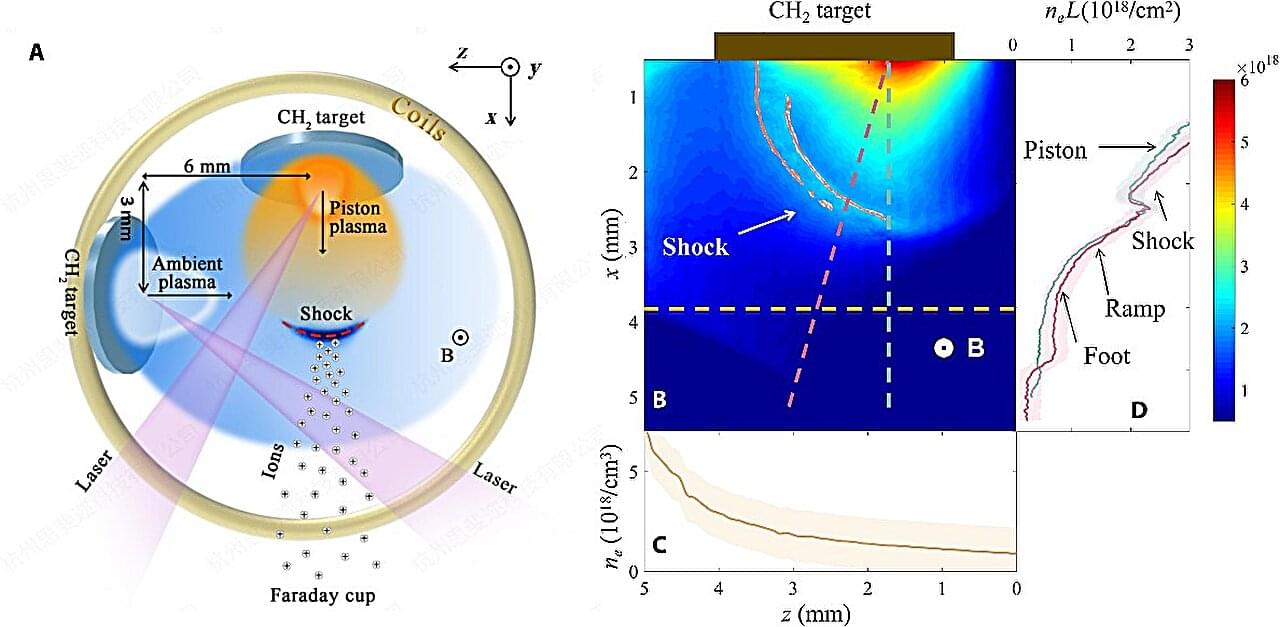
Researchers from the University of Science and Technology of China (USTC) achieved the first direct laboratory observation of ion acceleration through reflection off laser-generated magnetized collisionless shocks. This observation demonstrates how ions gain energy by bouncing off supercritical shocks, central to the Fermi acceleration mechanism. The research is published in Science Advances.
Collisionless shocks are cosmic powerhouses responsible for accelerating charged particles to extreme energies. This acceleration involves particles repeatedly crossing shock fronts, gaining energy incrementally. However, how do particles initially gain enough energy to enter this cycle? Two competing theories, shock drift acceleration (SDA) and shock surfing acceleration (SSA), have emerged, but observational limitations in space and previous lab experiments have left the question unresolved.
This new experiment, conducted at China’s Shenguang-II laser facility, recreated a controlled astrophysical shock scenario. Researchers used high-energy lasers to generate a magnetized ambient plasma and a supersonic “piston” plasma. When the piston collided with the ambient plasma at speeds exceeding 400 km/s, it produced a supercritical quasi-perpendicular shock, similar to those observed near Earth.